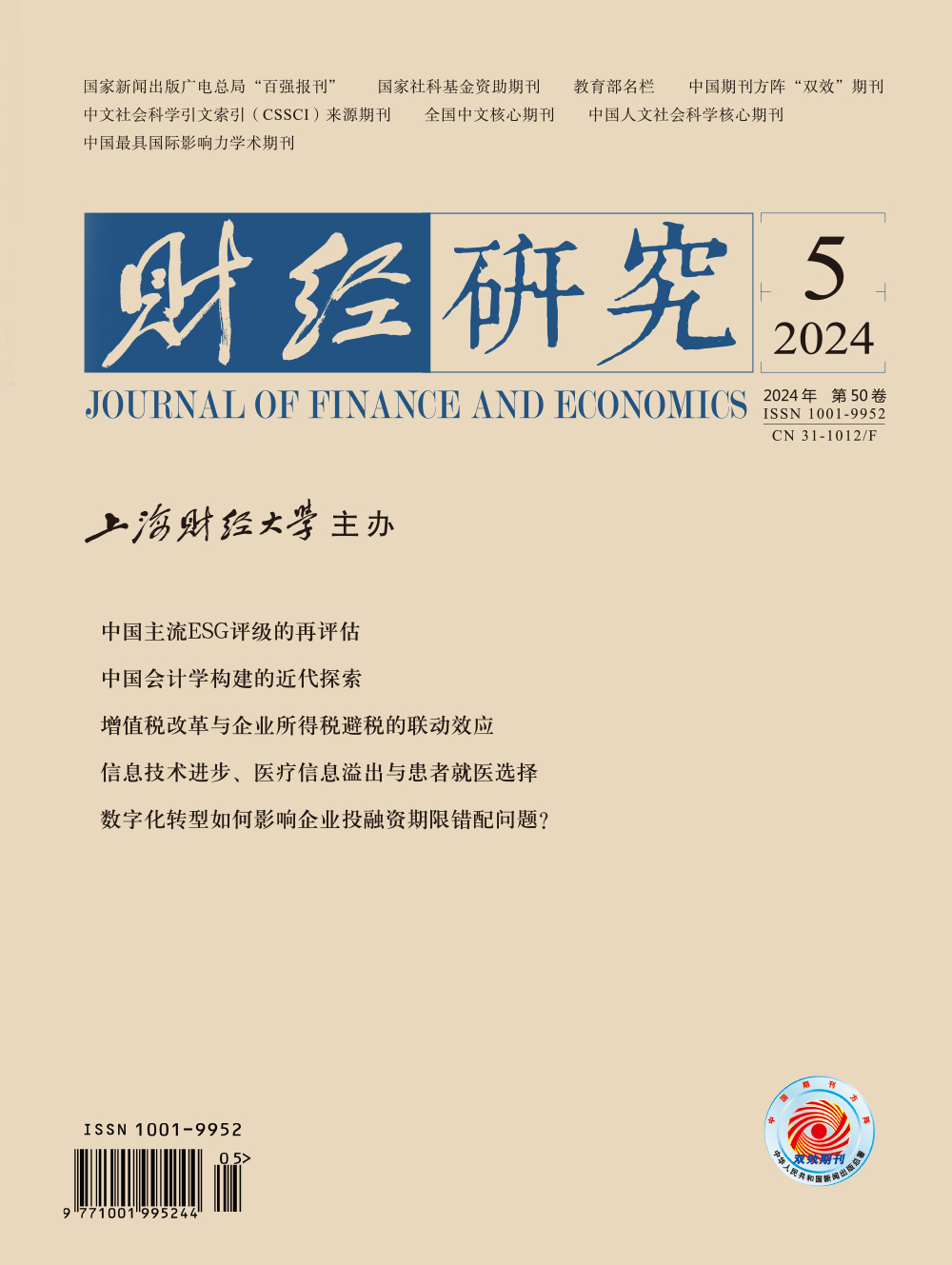In the process of promoting common prosperity, fiscal and taxation policies play an irreplaceable role, so exploring the relationship between taxation and within-firm pay gap has important theoretical and practical significance for building a fiscal and taxation system that promotes common prosperity. However, litter literature focuses on the impact of inclusive tax reduction, and analysis from the perspective of indirect taxes is even rarer. Therefore, this paper attempts to explore the relationship between inclusive tax reduction and within-firm pay gap from the perspective of indirect taxes.
Taking China’s A-share listed firms from 2014 to 2020 as the sample, this paper empirically examines the impact of inclusive tax reduction on the within-firm pay gap through a quasi-natural experiment of VAT reform. The results show that the inclusive tax incentive effect produced by the VAT reform significantly increases the within-firm pay gap. Mechanism testing shows that inclusive tax reduction mainly affects the within-firm pay gap through the two paths of “income effect” and “substitution effect”. Among them, the “income effect” improves the operating conditions of the firm and increases the after-tax profits for distribution; the “substitution effect” increases the return on capital of the firm, thereby reducing the bargaining power of employees. Furthermore, the “income effect” has a stronger impact on management compensation, while the “substitution effect” has a stronger impact on ordinary employee compensation, resulting in an increase in the average salary of executives and a decrease in the average salary of ordinary employees, which leads to the expansion of within-firm pay gap. Heterogeneity analysis shows that the impact of inclusive tax reduction on the within-firm pay gap is more significant in enterprises with weaker product market power, enterprises with higher capital intensity, small-scale enterprises, and non-state-owned enterprises.
The contributions and implications of this paper are as follows: (1) It focuses on more general inclusive tax incentive policies, and expands the relevant research on the within-firm pay gap from the perspective of indirect taxes, enriching the literature on taxation and within-firm pay gap. (2) It uses the VAT reform as the research setting, more reliably estimating the elasticity of within-firm pay gap to the tax rate. (3) It enriches the relevant literature on the economic consequences of VAT reduction. (4) From a policy perspective, it has certain reference significance for building a modern fiscal and taxation system that promotes common prosperity.





 2670
2670  2637
2637

